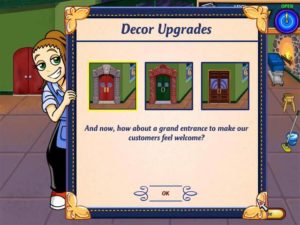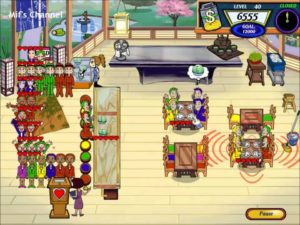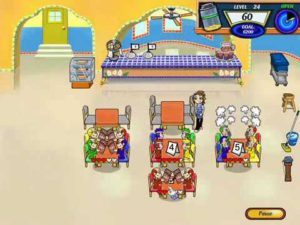Virtual Reality: Oculus Go

Oculus Go Headset & Controller
Oculus Go is a reasonably affordable VR standalone headset that comes with a simple controller, newly released in 2018. Unlike those high budget headsets that offer 6 degrees of freedom, Oculus Go only offers 3 degrees of freedom, but I feel that it is a great starter device to get new users to experience virtual reality. They simply need to download the Oculus application on their smartphone and sync it with the device.
Personally, I like how there is no need to connect to the PC, tethered headsets like HTC Vive and Oculus Rift, or having the need to place the smartphone in front of the device like Gear VR and Google Cardboard, which makes the device heavy and unbalanced. While it may be limited for playing games, it still offers many other activities like watching Netflix, exploration, listening to music etc.
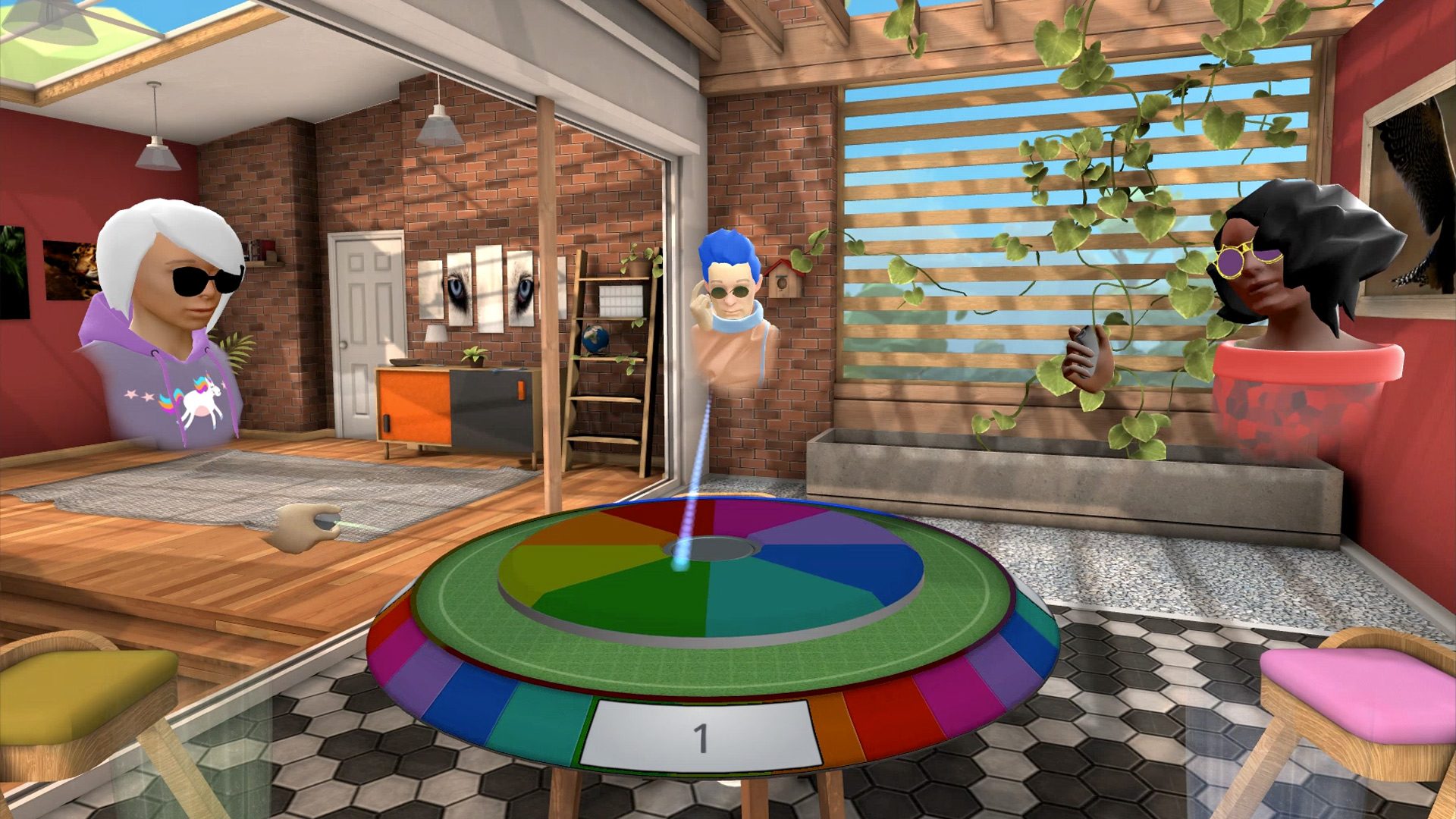
Oculus Rooms
The application I like the best is Oculus Rooms, where it is your own personalized home base in VR and you are able to invite friends over to play games, watch movies, share photos, listen to music together. I like how it allows meetups with friends in a virtual space, in which I feel that it will be awesome for friends that are separated across the globe to gather and have fun together, which is not possible in real life.
Hence, although it is limited in certain functionalities, it is definitely an affordable device to get started with and I would love to have one to connect with my friends and experience VR without tangling cables and heavy headsets.
Mixed Reality: Magic Leap One

Magic Leap One
2 years after the hype of Microsoft HoloLens and $2.3 billion funding from investors, Magic Leap One was released last year, in August 2018. While both devices provide a Mixed Reality experience using hand gestures, there are significant differences between them that made me chose Magic Leap One over Microsoft HoloLens.
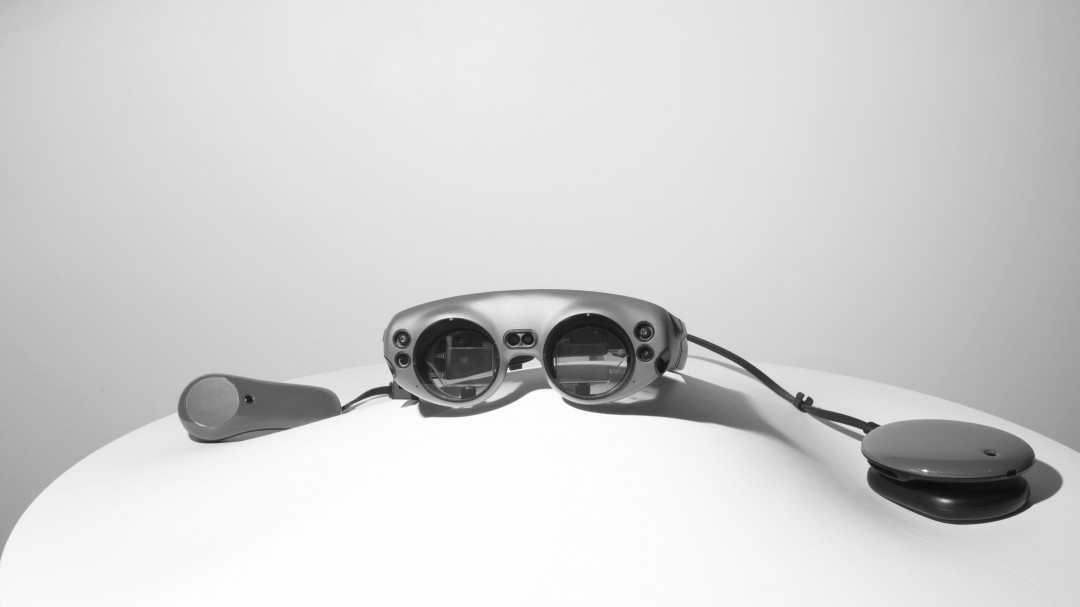
Tethered Headset & Controller
The first most distinct difference is that the headset of Magic Leap is tethered, where a cable connects the headset (Lightwear) to a small computer (Lightpack), which does all the data and graphics processing, while Microsoft HoloLens is an all-in-one headset with no additional devices. Due to this design, I would prefer the Lightwear glasses of Magic Leap as the headset is lighter, making it easier to move the head around and more comfortable. While the tiny computer may be a turn off, it does not really restrict motion (as compared to tethered VR devices that requires connection with the PC) and the separation of the processor and the headset makes both devices lighter as the weight is now split up.
Another difference is that Magic Leap comes up a controller as well, giving the user more freedom as it provides another medium of interaction. The controller is able to deliver 6 degrees of freedom without any additional sensors and can be used for applications like painting or first-person shooter game. This is an addition on top of hand gestures, giving users and developers the option to choose their preferred means of interaction.
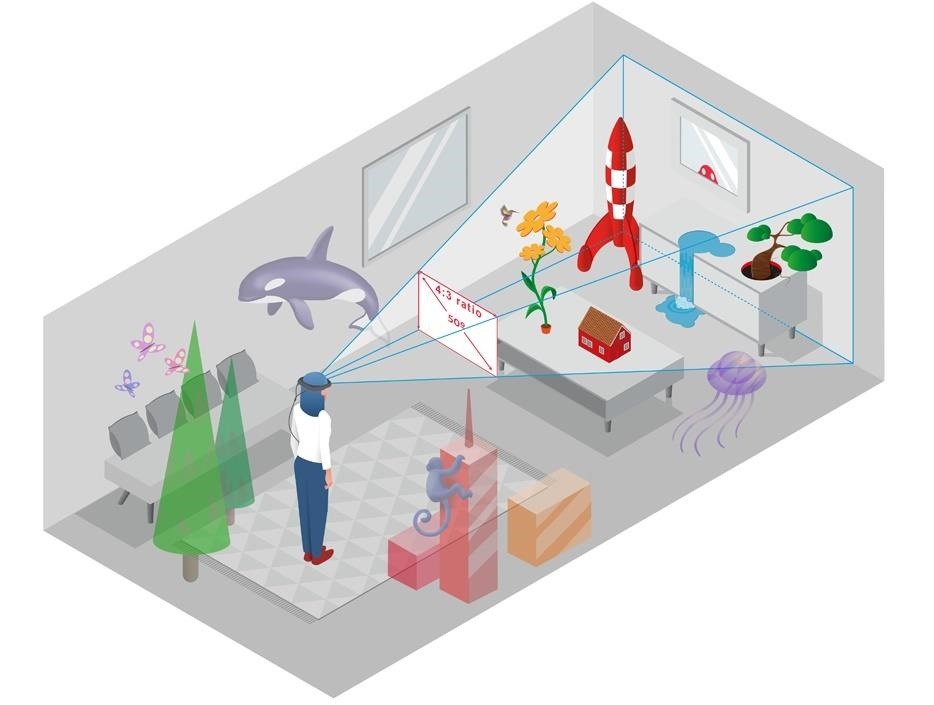
Magic Leap One has a horizontal FOV of 40 degrees, a vertical FOV of 30 degrees, and a diagonal FOV of 50 degrees.

Magic Leap One has a 4:3 aspect ratio, while Microsoft HoloLens has a 16:9 aspect ratio. This makes Magic Leap One approximately 45% larger in terms of Field Of View (FOV) as compared to Microsoft HoloLens.
Another aspect would be that Magic Leap has a wider field of view than Microsoft HoloLens, which improves the overall immersion experience and uses a waveguide display, which provides depth of field, making virtual objects more realistic due to its ability to blur and focus on objects.
Hence, overall I think I would prefer Magic Leap One as it seems to be that it can provide a better immersive experience.

